These days, we take it for granted that an acoustic guitar might sport onboard electronics. But
until Leo Fender, Adolph Rickenbacker, Paul
Bigsby, and other pioneering builders began putting pickups on guitars, luthiers were forced to
design and make guitars that worked well based
solely on the wood’s ability to respond to the
strings without any help from Thomas Edison.
Acoustic guitars are simply air pumps. In this
regard, they’re no different from drums: The
more air they excite, the more sound they give
off. A guitar’s top is the single most important
piece of wood in the instrument, and it works
exactly like a drumhead. When making a top,
the most important factors are what wood
to use, its final thickness, and most of all, the
bracing. For luthiers, bracing is the single most
hotly debated area of guitar making.
Top bracing has everything to do with controlling and shaping sound, and—contrary to
popular opinion—rather little to do with keeping the guitar top together. If a guitar lacks
bracing, it will not fall apart, but its relatively
flimsy top will vibrate chaotically, much like a
pool of water during an earthquake, and its
sound will be flat and harsh. To vibrate coherently, a top requires an organizing principle,
and that’s what the bracing provides. Is there
a ”best” bracing system? No. But a few systems have proven themselves over time.
Proven Bracing Systems
Most steel string guitars use the “X” bracing
that was more or less invented by the Martin
Guitar Company as early as the 1850s (Fig.
1). Spanish guitars—that is, guitars strung
with gut or nylon—almost universally have
one version or another of fan bracing (Fig. 2).
Fig. 1
Fig. 2
Other systems include ladder bracing (Fig.
3), such as those found in the inexpensive
Harmony guitars that were extensively used to
play early blues (so much so that their sound
has become identified with that music), and
lattice bracing (Fig. 4) which was first put on
classic guitars and is now sometimes found
on steel-string models. More recently, Kasha
bracing (Fig. 5), the brainchild of Dr. Michael
Kasha, a guitar aficionado from Florida, has
begun appearing on steel-string acoustics.
Each of these patterns is capable of infinite
variation, and unless radically altered, each is
capable of producing a more-or-less identifiable sound.
Fig. 3
Fig. 4
Fig. 5
A few other oddball bracing patterns, such as
asterisk bracing, can be found on the occasional guitar, but none of these has caught on
in any significant way.
Sonic Challenges
Spanish guitars, for reasons of size, design,
and stringing, naturally offer a bassy sound,
but not great high-end response. When building a Spanish guitar, the guitar maker has to
put a brilliant treble response into the soundbox. This requires skill and experience. Those
building steel-string guitars face the opposite
challenge. By virtue of its size, design, and
stringing, the steel-string guitar naturally produces a good bright sound, but not a good
low end, and therefore the luthier must elicit
a strong bass response out of its soundbox.
This too requires great experience and skill.
None of this matters much if a guitar is
designed to be amplified. Using EQ, you can
make a mediocre guitar sound pretty good.
But if you’re a guitar maker or an acoustic
enthusiast who’s serious about unamplified
sound, the soundbox’s voice becomes an
area of great fascination.
If you’re contemplating buying a pricey
acoustic guitar, you owe it to yourself to learn
something about how the instrument works,
and also how to tell a good guitar from a
mediocre one. Google some guitar makers, identify those who seem to know what
they’re doing, and seek out one or two for
consultation. Also read up on the subject.
And remember, forming an opinion based
on glitzy advertisements is the least effective
path to an education.
Ervin Somogyi
A professional luthier since the early ’70s, Ervin Somogyi is one of the world’s most respected acoustic-guitar builders. To learn more about him or his guitars, visit esomogyi.com.


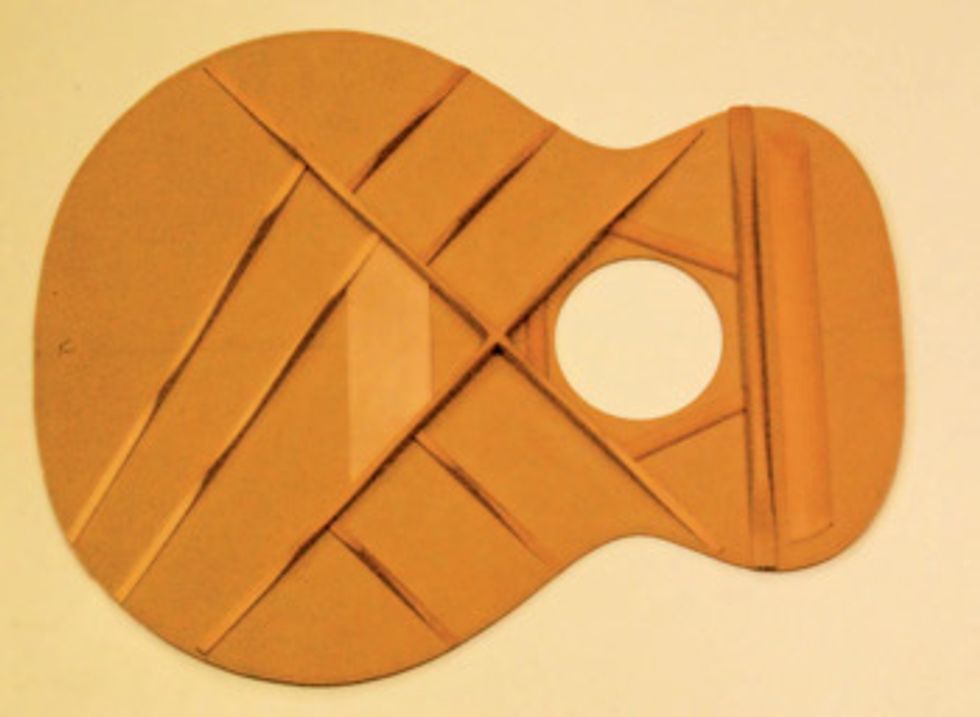
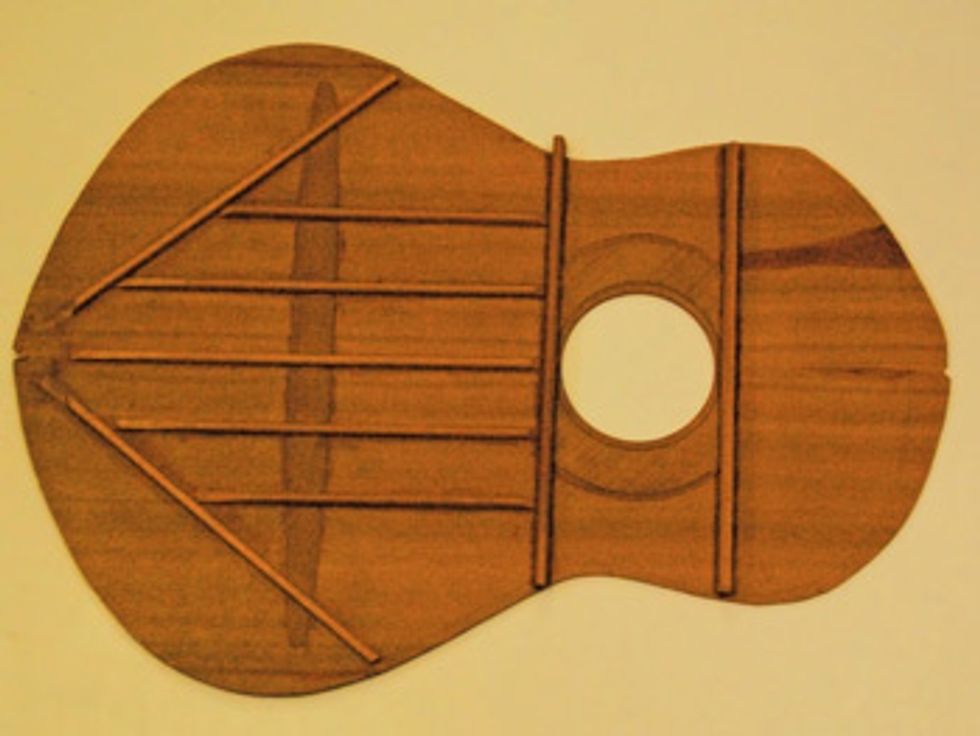
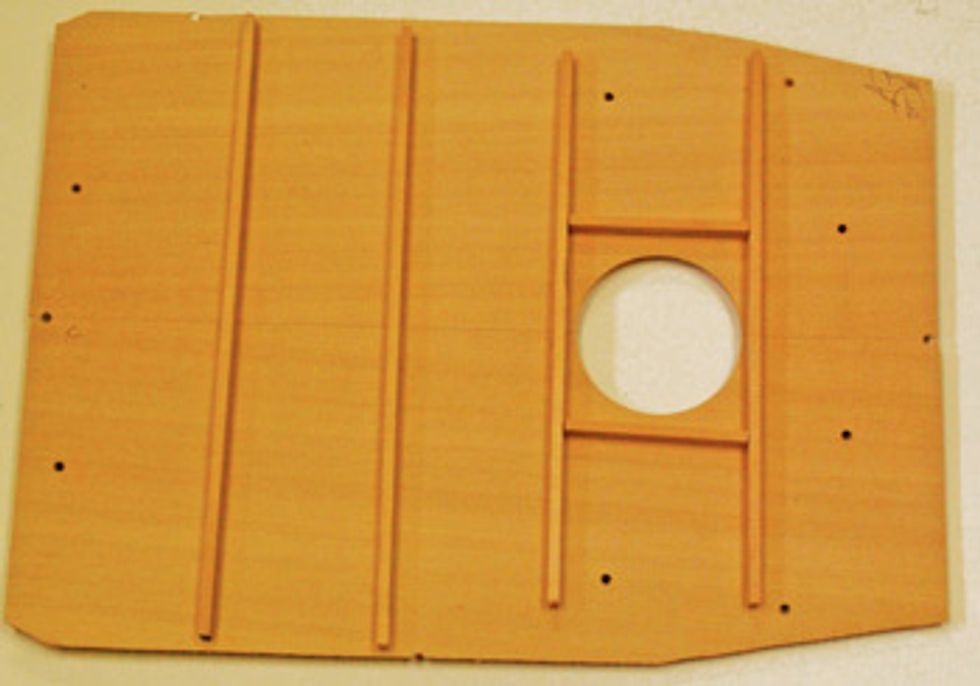
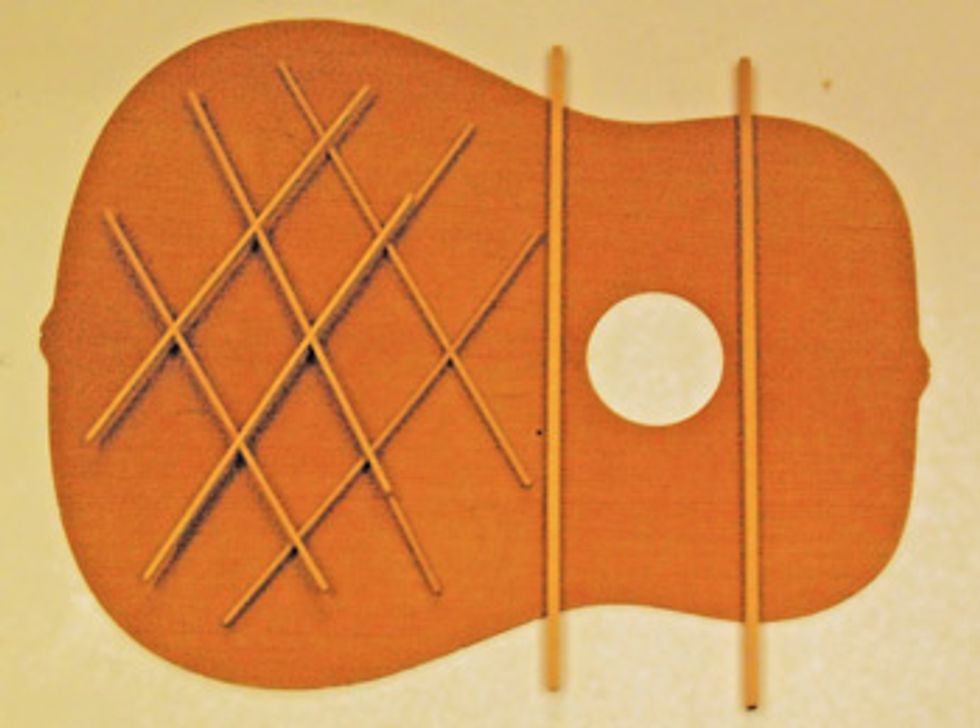
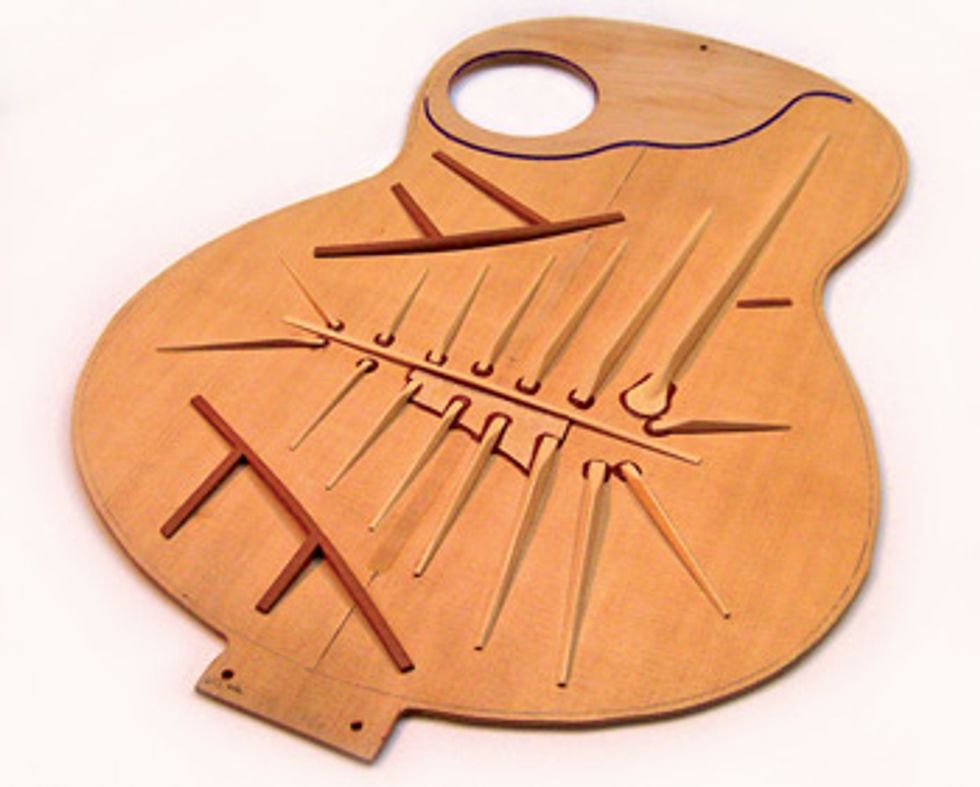







![Rig Rundown: Russian Circles’ Mike Sullivan [2025]](https://www.premierguitar.com/media-library/youtube.jpg?id=62303631&width=1245&height=700&quality=70&coordinates=0%2C0%2C0%2C0)







